Unidirectional flow recirculation using an automated system vs peristaltic pump
Author
Celeste Chidiac, PhD
Publication Date
Keywords
unidirectional flow recirculation
Automated system
peristaltic pump
Cell culture pump & check valves

Need advice for your recirculation system?
Your microfluidic SME partner for Horizon Europe
We take care of microfluidic engineering, work on valorization and optimize the proposal with you
Recirculation with microfluidics
With microfluidics, it is possible to flow medium continuously over cells in culture. Microfluidic recirculation involves fluid’s continuous and controlled circulation through microchannels in a closed-loop or open system.
This system can be employed in spheroid cell culture, stem cell culture, organ-on-a-chip studies, for disease modeling and drug testing, since every cell of the human body is continuously irrigated via body fluids, whether in an open circuit (saliva, gastric fluid, urine…) or a closed circuit (blood, lymph, pleural fluid…) (Figure 1).
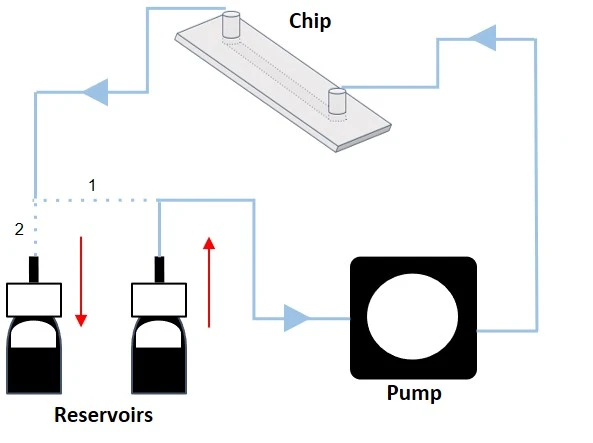
In addition, a microfluidic recirculation system efficiently eliminates waste, saves the culture medium, and enriches the medium with cell secretion factors.
Unidirectional flow recirculation
Unidirectional recirculation is preferred over bidirectional recirculation in applications like cell culture, biochemical assays, drug delivery studies, and organ-on-a-chip. In a unidirectional flow recirculation, the risk of backflow and contamination is minimized, and fluid mixing is improved without the turbulent interactions that occur in bidirectional systems, leading to more stable reactions.
At the Microfluidics Innovation Center, we have developed an automated unidirectional recirculation pack that combines the check valves, the cell culture pump, and the level sensors.
In this review, we first compare our recirculation pack to unidirectional flow recirculation with a peristaltic pump. Then, we explain the story behind its development.
Comparison between recirculation with peristaltic pump and the automated recirculation system
| Recirculation system with peristaltic pump | Automated recirculation | |
| Common characteristics | Unidirectional flow | |
| Reduced reagent quantity | ||
| Volume-based | ||
| Different characteristics | Might need a CO2 incubator | No need for a CO2 incubator, might need a stage-top incubator |
| Less stable and accurate flow control | Highly stable and accurate flow control | |
| Pulsatile flow | Variety of flows: pulsatile, steady flow, stepwise…. | |
| Based on tube compression | Based on gas pressure | |
| Risk of recirculating cells damage | No risk of recirculating cells damage | |
| Tight-closed loop with 1 reservoir | Open loop with 2 reservoirs and check valves | |
| Input and output from the same reservoir | Automatic switch between reservoirs | |
Unidirectional flow recirculation with peristaltic pump
Recirculation with a peristaltic pump provides a physiologically relevant cell microenvironment by sustaining a unidirectional flow through a microfluidic chip laden with cells. Compared to single-pass systems, it also reduces the amount of needed reagents.
A peristaltic pump might need a CO2 incubator. It is a volumetric pump that compresses a flexible tube to transfer liquids, providing a pulsatile flow due to the cyclic nature of the peristaltic motion. Thus, the system can offer precise control but is less stable over time, requiring repeated flow rate calibration. Furthermore, due to the tube compression, there is a high risk of cell damage.
The system is volume-based and constitutes a tight-closed loop with only one reservoir serving as the input and output source (Figure 2).

Automated unidirectional flow recirculation
Our automated recirculation pack, which includes a cell culture pump and level sensors, offers the advantages of a pressure-driven flow controller plus the advantages of a peristaltic pump.
Similarly to recirculation with a peristaltic pump, our recirculation pack allows a physiologically relevant cell microenvironment by sustaining a constant unidirectional flow and reduces reagent quantity.
The cell culture pump is a pressure-driven flow controller that does not need a CO2 incubator. It offers a smooth, continuous, high-precision flow and the possibility of working with different flow profiles (pulsatile, steady, stepwise, etc.) based on the application. In addition, the pump is based on gas pressure with no risk of cell damage.
Moreover, the system is volume-based but constitutes an open loop of two reservoirs that can serve as input and output sources. The level sensor senses the sample volume inside the reservoirs, and the system automatically switches to the second reservoir when the first reaches the level sensor threshold (Figures 3-4).
From reservoir 1 to reservoir 2:

From reservoir 2 to reservoir 1:

We recently published a review comparing different bidirectional and unidirectional recirculation systems: hydrostatic pressure, syringe pump, peristaltic pump, and various setups with a pressure pump and active or passive valves.
The story behind it
Recirculation with a pressure-driven flow controller leads to a bidirectional flow inside the chip. However, an unidirectional flow is needed for cell culture, biochemical assays, drug delivery studies, and organ-on-a-chip models.
In addition, a closed circulation requires the medium to be supplied with CO2 inside the chip. Thus, a recirculation setup (with a pressure-driven flow controller or a peristaltic pump) using a gas-impermeable material and a CO2-dependent medium will need a CO2 incubator.
Moreover, recirculation with a pressure-driven flow controller is time-based. It relies on the initial fluid volume and desired flow rates to estimate the time it takes for one reservoir to flow most of its volume through the sample and then manually switch to the other reservoir. In addition, this system cannot detect changes and adapt its functioning accordingly. If one of the reservoirs empties before expected due to biofouling or clogging, it introduces air into the system and damages the cells, ruining the experiment.
To overcome these downsides, we integrated check valves, cell culture pump, and level sensors into the recirculation pack.
The check valve recirculation bridge (Figure 5) keeps the flow unidirectional inside the connected microfluidic chip via four passive valves that are adjusted to quickly and efficiently transfer fluid between reservoirs.
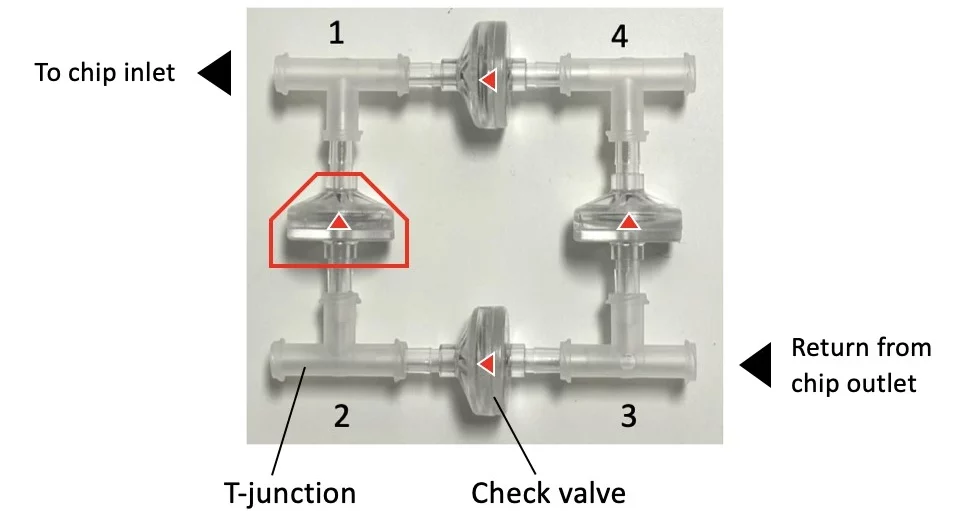
Check this video and this application note for more information on how to assemble the recirculation bridge and set up your experiment.
The cell culture pump is essential to the automated unidirectional recirculation setup. It maintains a stable and continuous nutrient supply at constant O2 and CO2 levels without needing a CO2 incubator (Figure 6). Then the setup might need an additional stage-top incubator to keep the temperature stable for long periods of time, allowing for high-quality live cell imaging experiments.
In addition, the cell culture pump does not exchange gas with the atmosphere as most pressure-driven controllers do. Pressuring the media reservoir with the correct gas mix prevents the gas in the media from diffusing into the atmospheric air. The constant media flow ensures that the correct composition always reaches the cells, even if the rest of the system is not gas-tight.
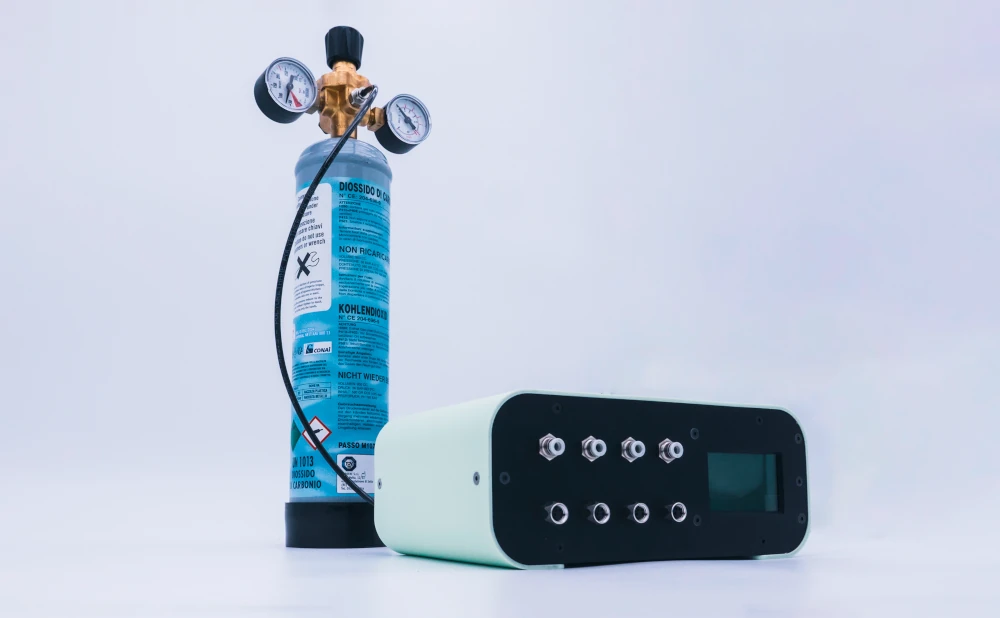
The system, including level sensors (Figure 7), is volume-based; it will pressurize the first reservoir until it is nearly empty, then stop and start pressurizing the second reservoir. The researcher doesn’t have to wait for the first reservoir to reach the level sensor threshold to switch to the second one.
Moreover, the level sensors introduce a fail-safe mechanism that considers the ever-evolving nature of a recirculation system, such as fouling of the tubing with dead cell debris, leakage due to clogging, and other blockage-related issues such as air entry.
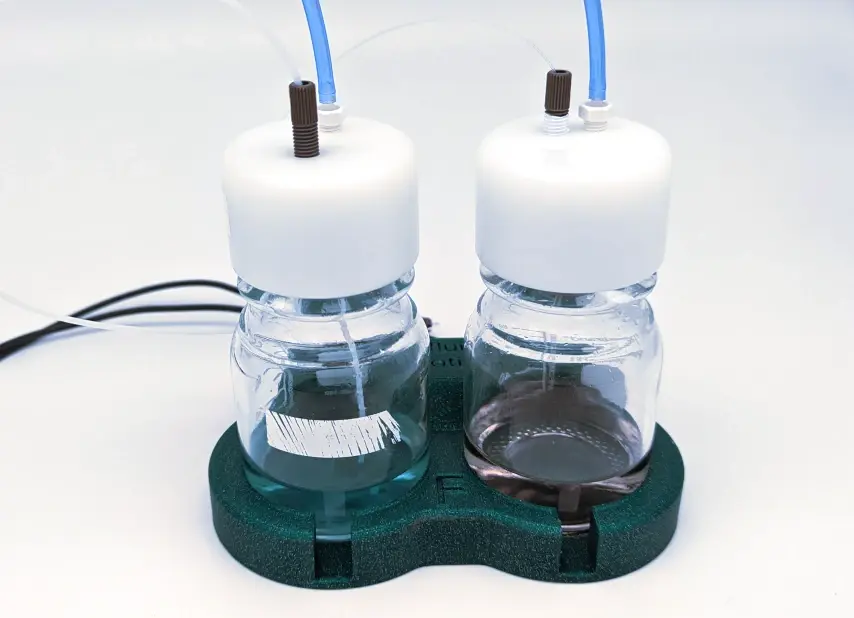
Funding and Support
The LIFESAVER project, funded by the European Union’s H2020-LC-GD-2020-3, grant agreement No. 101036702 (LIFESAVER), helped develop the level sensors.
The Tumor-LN-oC project, funded by the European Union’s H2020-NMBP-TR-IND-2020 grant agreement No. 953234 (Tumor-LN-oC), helped develop the cell culture pump.
The ALTERNATIVE project, funded by the European Union’s H2020-LC-GD-2020-3 grant agreement No. 101037090, helped develop the check valve system.
The Galileo project, funded by the European Union’s Horizon research and innovation program under HORIZON-EIC-2022-TRANSITION-01 grant agreement No. 101113098 (GALILEO), helped develop the Galileo flow sensor.





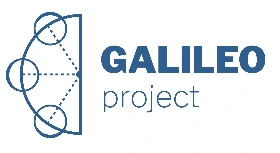
This “quick tips” was written by Celeste Chidiac, PhD.
Published in July 2024.
Contact: Partnership[at]microfluidic.fr


